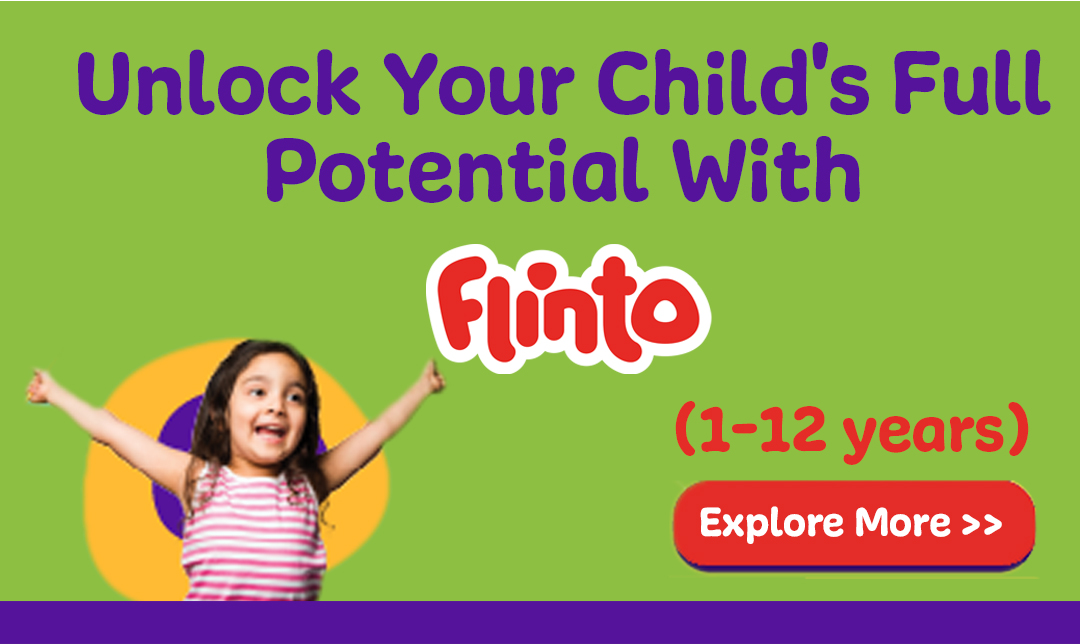 Do you have a picky eater at home who refuses to eat whatever they’re served?
Do you have a picky eater at home who refuses to eat whatever they’re served?
Has your mealtime always been nothing but a war zone filled with tantrums and food refusal?
Well, worry not!
We have some simple tips that’ll help you end the mealtime battles with your little fussy eater!
Take a look:
Five easy ways to deal with picky eaters:
1) For “I’m smart enough to decide” eaters
“I told you I don’t like broccoli, mom. I think it’s too green. It’s like Hulk. It’s dangerous….” He goes on and on about why broccoli is something his five-year-old body will not accept.
Harry is very dominating about his meals. He decides what he doesn’t want to eat. “His independence is crazy,” says his mom, Nimah.
Some children are quite decisive about their eating habits. It’s like they know exactly what they want and don’t want to eat.
They behave like grown-ups, who end up having a tough time dealing with them.
Do you have such an independent mind at home too?
Make an offer
Such eaters are intelligent enough to articulate why they don’t want to eat a certain thing, which can be used to fight them. Don’t worry, it’s not about the conflict here.
Simply, give them choices.
They can choose from a range of healthy foods–limiting the options to two or three things. Make an offer to them just like you’d talk to another adult.
Instead of asking, “What do you want to eat,” ask “Would you like to choose between broccoli, carrots, and spinach?”
Then add, “You can either choose between these or nothing.” After you have made your offer, put your foot down.
Ensure that you don’t display anger or exasperation. If you play this right, they will know that their intelligent argument is answered. There’s no way out.
RELATED – How To Balance Structured & Unstructured Play
2) For the “Take pride in not eating” eaters
“I’m (the) best boy in class. I don’t eat fruits/vegetables. Finish snack box first…”
This is what I make of this almost–three–year–old’s muffled response. Ryan doesn’t talk quite clear yet. I asked him what he likes to eat.
He made a face as if he has seen a monster before giving this reluctant response. His mom looks at me and shrugs.
Yes, shrugging is all we can do if children start taking pride in not eating.
Introduce the food
Introduce your child to what you cook. Don’t feed. Name the dish, the ingredients, and explain how it tastes. Use positive descriptions, but avoid superlatives (“Oh it’s too yummy,” “It’s so tasty,” and so on).
After the introduction, put the dish aside and feed your child what he/she likes.
When children notice that new food is not being shoved into their mouths, they handle their food neophobia, the fear of new food, better.
Food neophobia is something that 2 to 4-year-olds display quite often. It’s not that they don’t want to eat, but they’re afraid of new tastes.
They hide this fear behind tantrums, crying, and turning their faces away while feeding.
It’s the same reason why when children are distracted, they eat better–they’re positively distracted from this fear. As it subsides, you can offer bits of new food once every few days.
The change will be evident.
3) For the “I make the best excuse” eaters
“I love butter on my bread. But I don’t like the name ‘butter.’ So I don’t like it if mamma says she has put butter on my bread. She should just put butter and not tell me ‘or’ let’s have another name for butter!”
A few moments later, “Aunty, what’s another name for vegetables?”
An excerpt from my recent conversation with my nephew who is a fussy eater at six. My sister–in–law jokingly asks me, “Please make a list of all these new names I’m supposed to call his food by. I just can’t keep track.”
Fussy eaters create all kinds of excuses to refrain from eating.
Even when they do eat, they act like they’re doing their parents a huge favor.
If your child is old enough to know what hunger means and can eat on his/her own? Ignore the fuss.
Give children healthy food, but don’t discuss what has been served. Tell them it is their meal and they should eat it.
Pay attention to how the food looks

For most children, the fuss is less about taste and more about how the food looks. Make interesting shapes for sandwiches, involve them in creating animal shapes out of bits of salad, and make ketchup-smiley over their chapatis.
Once you’ve done your bit, ignore the fuss. They will slowly get the point.
4) For the ‘Milk is food’ eaters
Does your child drink milk at meal times, do you feed milk for every snack, or does your child fuss during meal times and/or ask for milk instead?
In all cases, milk becomes a substitute for food.
Since children have small tummies, milk gives them a feeling of immediate fullness and a few of them prefer that. This leads to a lot of fuss for meals.
It’s energy, not nourishment
If you’re offering sweetened milk (which most of us do), you’ve fed them their calorie count for the day. Their body then rejects other food as it does not require more energy. There’s a difference between energy and nourishment, we must remember that.
Time it
Although milk is an important source of nutrition, it needs to be timed. If not, you will have a fussy eater in your house.
5) Mealtime is ‘me’ time
“I love eating roti with mamma, she tells me a story when I eat,” says four–year–old Jia.
Mom Natalie explains that mealtime is when she gives her daughter 100% attention– “Not that I’m not attentive at other times, but during eating, I’m totally available for her.”
Natalie says that her daughter likes the attention she gives. “I don’t protest or fret about spills. We laugh as I tell stories and feed her.”
She’s trying to build a positive association with food. “We treat it like a picnic. Mealtime is supposed to be a fun time. This makes her fuss less. She’s started eating better now,” Nat concedes.
If you have a little one who is just beginning to associate with food, you can try this. Make mealtime enjoyable for them. If a home picnic can avoid the fuss, why not?
RELATED: 16 Simple & Creative Ways To Reward Your Child [Must Try!]
Introducing Flintoclass Learning Kit at Home!
Flintoclass is a research-based learning program that provides hands-on activities and pre-recorded guidance sessions to children between the ages of 1.5 to 6 years old. All the materials are shipped directly to your doorstep!
Designed by Pedagogy experts and child psychologists, the curriculum supports holistic learning for children.
Click this video to see why parents love and recommend Flintoclass@HOME:
Do you have a fussy eater at home? We have the perfect solution for you! Share how you handle the mealtime trouble in the ‘Comment’ section below.






